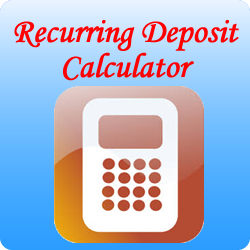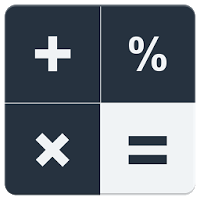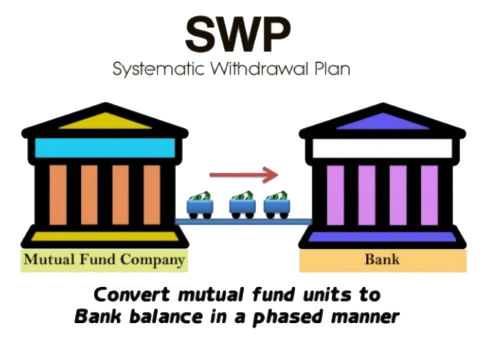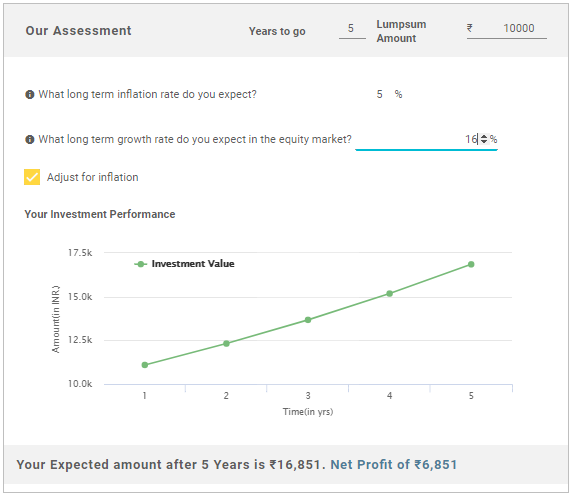
Table of Contents
Depreciated Cost: How is it Calculated?
The fixed assets are subject to depreciation, a charge that’s implemented on equipment and machinery that generates revenue for the company. Each asset depreciates over time due to wear and tear. The depreciated cost is calculated by deducting the accumulated depreciation from the total value of the asset.
In other words, the depreciated cost is the asset’s remaining value after deducting depreciation. Understanding the depreciation rate and depreciated cost of an asset is crucial for the company’s Accounting and profits.

Depreciated Cost Formula
Depreciated Cost = Acquisition Cost - Accumulated Depreciation
The acquisition cost suggests the purchase price of the asset, including the cost you paid for its installation, shipping, Taxes, repairs, maintenance, and servicing. Accumulated depreciation shows the amount deducted from the purchase value of the asset over a specific period. This amount appears with the Income generated from the asset.
Depreciated cost is used to figure out the useful value of the equipment, machinery, and other fixed assets. The depreciated cost must not be confused with the Market value of the asset, as the latter is calculated from the current supply and demand factors. Each asset will depreciate over a specific period, mostly 2-3 fiscal years.
Once the depreciation is implemented on the asset and the amount is deducted from the total value, the company will get the depreciated cost. The value of the machinery, Land, building, furniture, and vehicles are constantly depreciated, which means that the value of an asset never remains the same as it was during the time of purchase. Depreciated cost enables the accountants to find out the revenues generated from the asset in relation to the asset’s original value.
Talk to our investment specialist
Depreciated Cost Example
Suppose ABC company sells an inoperable tool for INR 50,000 to a local retailer. This is the depreciated cost of the tool. If the original price of the tool was INR 2,00,000 and the company had purchased it 3 years ago, then the amount depreciated over these years is INR 1,50,000.
However, the company will not deduct this amount in the same Fiscal Year it had purchased the tool. To reap the maximum benefits from the tool, the ABC company will spread out the depreciation cost of the asset over time. The depreciation of this tool is calculated every year until the asset reaches its life expectancy and it is no longer useful to the company.
Depreciated cost is not the total amount of depreciation on the asset. It is rather the remaining balance, i.e. the amount for which the asset can be sold after it becomes useless.
Depreciation Expense Vs Depreciated Cost
Both terms might sound similar, but they have different meanings. Depreciation expense is shown in the income statement for the year and it is used to represent the depreciated amount over time. The depreciated cost is the acquisition cost of an asset minus the accumulated depreciation. It is the value of the asset after the depreciation is deducted.
The straight-line method is commonly used for the calculation of depreciated cost, but some companies use units of production and declining balance methods for effective calculation.
All efforts have been made to ensure the information provided here is accurate. However, no guarantees are made regarding correctness of data. Please verify with scheme information document before making any investment.











